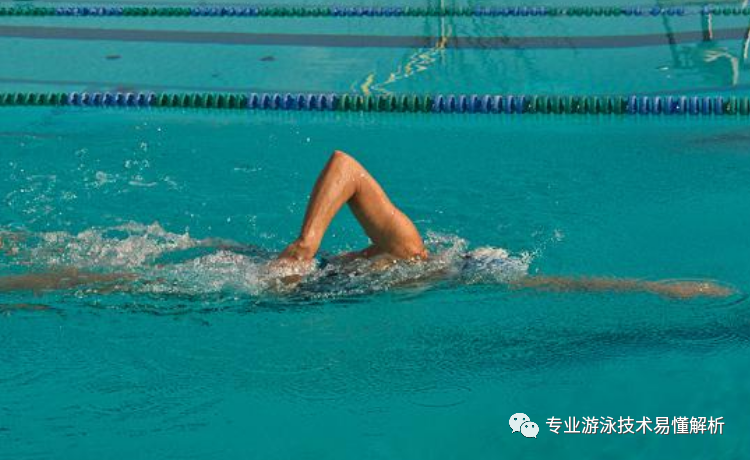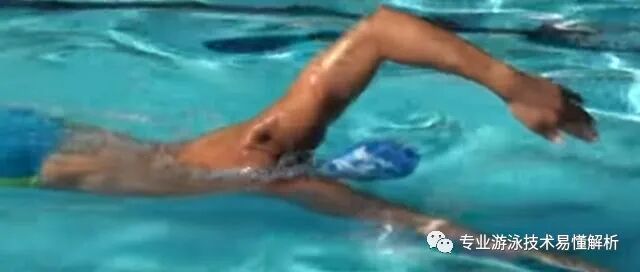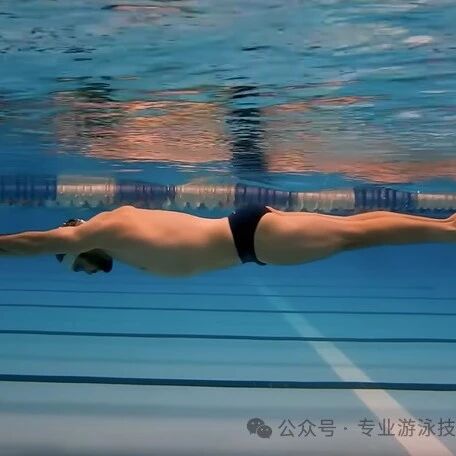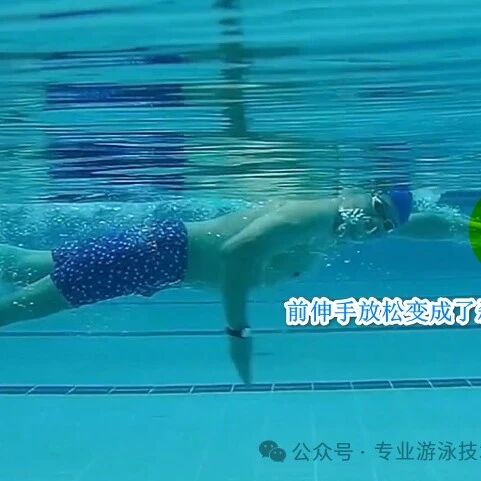Focus on three key principles for your upper body—and quickly master the basics of freestyle swimming!
•4 min read



Related Articles

Swimming
A Deep Dive into the Full-Immersion Swimming Concept: Strategies for Optimizing Power in Efficient Long-Distance Swimming

Swimming
Kudos to "Women and the Sea" for being the trailblazers who took the first step in history!

Swimming